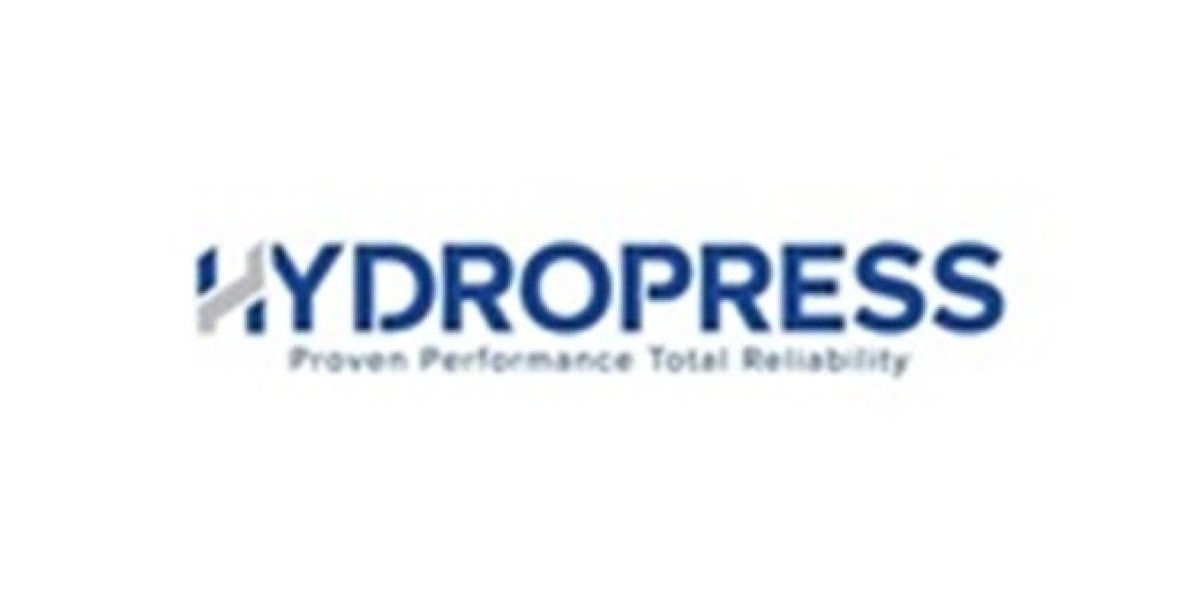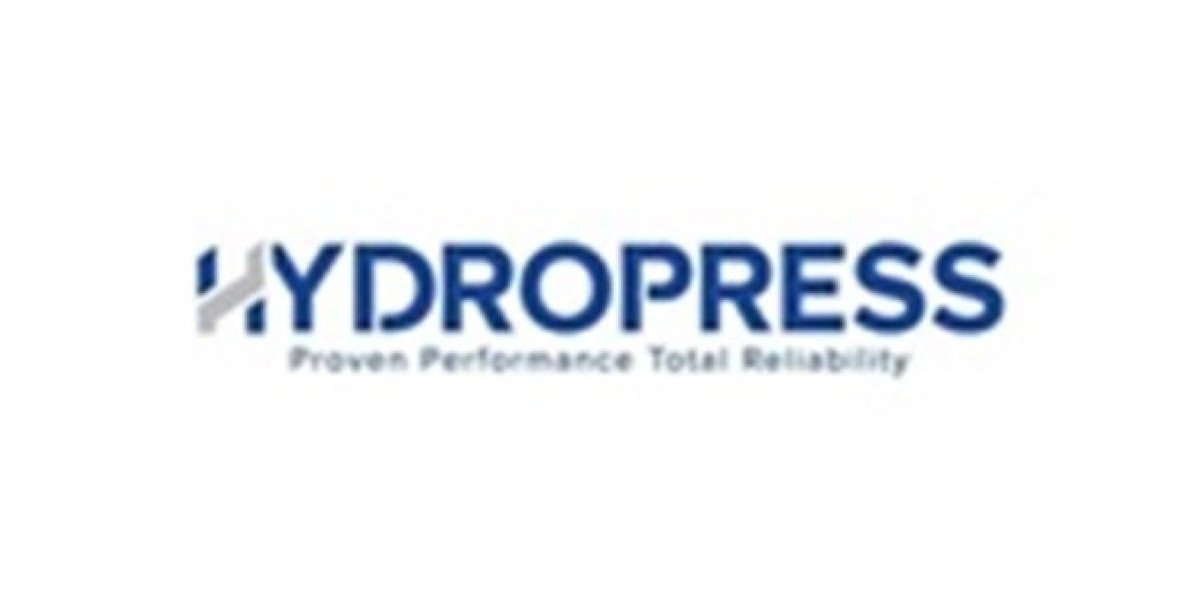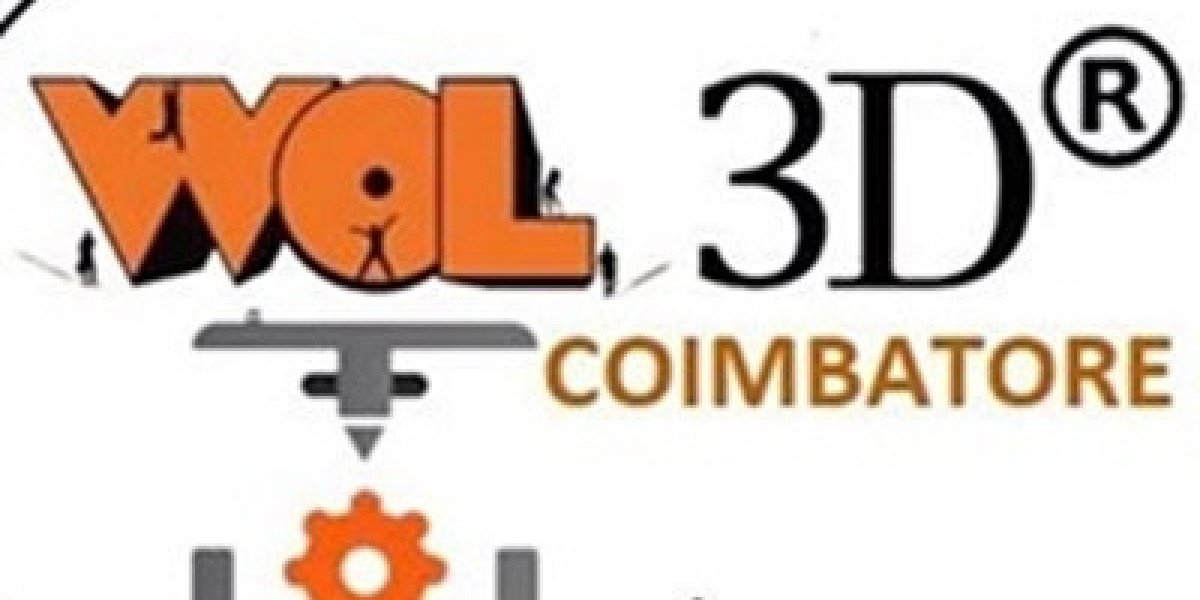Installing an under-sink reverse osmosis system can significantly improve your household water quality. However, understanding the installation requirements for under-sink reverse osmosis systems is crucial for a successful setup. This article will guide you through the essential space considerations, plumbing needs, and maintenance tips to ensure your system operates efficiently.

Space Considerations for Installation
Before purchasing an under-sink reverse osmosis system, it is vital to assess the available space under your kitchen sink. Typically, these systems require a minimum of 18 inches in height, 12 inches in width, and 20 inches in depth. If your under-sink area is cramped, you may need to reorganize or remove existing items to accommodate the system.
- Ensure there is enough vertical space for the storage tank.
- Consider the width for the filtration unit and any additional components.
- Check for adequate depth to allow for proper installation and maintenance access.
Plumbing Requirements
The installation requirements for under-sink reverse osmosis systems also include specific plumbing needs. Most systems come with a feed water adapter that connects to your cold water line. Here are some plumbing considerations:
- Ensure you have a cold water supply line accessible under the sink.
- Check if your sink has a dedicated drain for the wastewater produced by the system.
- Verify that you have the necessary tools for installation, such as wrenches and screwdrivers.
If you are unsure about your plumbing setup, consulting a professional plumber can save you time and potential issues during installation.
Electrical Requirements
While most under-sink reverse osmosis systems do not require electrical connections, some advanced models may include a booster pump. If your system has this feature, ensure that there is an electrical outlet nearby. The pump typically requires a standard 110V outlet to function properly.
Maintenance and Accessibility
Another critical aspect of the installation requirements for under-sink reverse osmosis systems is ensuring that the system remains accessible for maintenance. Regular filter changes and system checks are essential for optimal performance. Here are some tips to maintain accessibility:
- Leave enough space around the system for easy access to filters.
- Label the components for quick identification during maintenance.
- Consider installing a quick-connect fitting for easier filter replacements.
For more information on selecting the right under-sink reverse osmosis system, visit .
Conclusion
Understanding the installation requirements for under-sink reverse osmosis systems is essential for ensuring a smooth installation process. By considering space, plumbing, and maintenance needs, you can enjoy clean, purified water right from your kitchen sink. If you have any further questions, do not hesitate to reach out to professionals or consult the product manual for your specific system.








